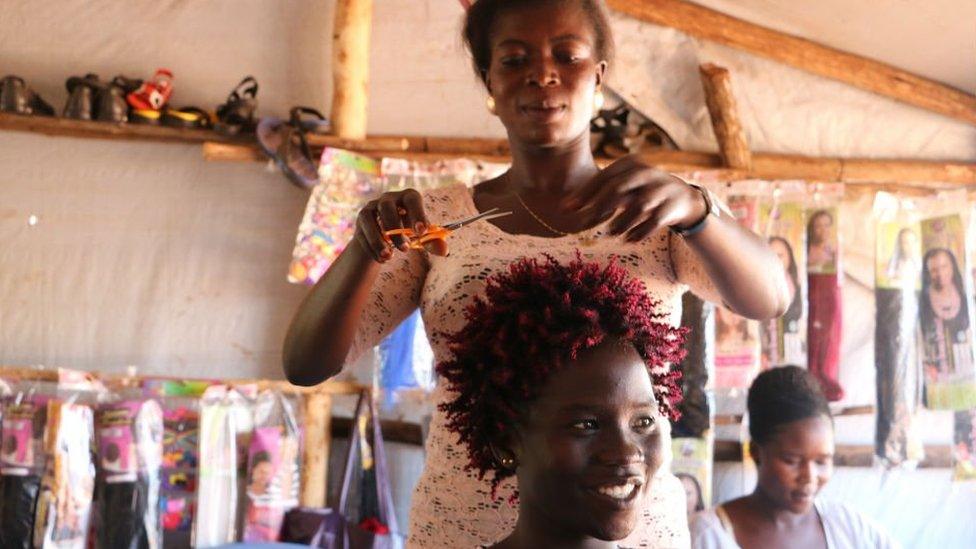The details of life in a refugee camp
- Published
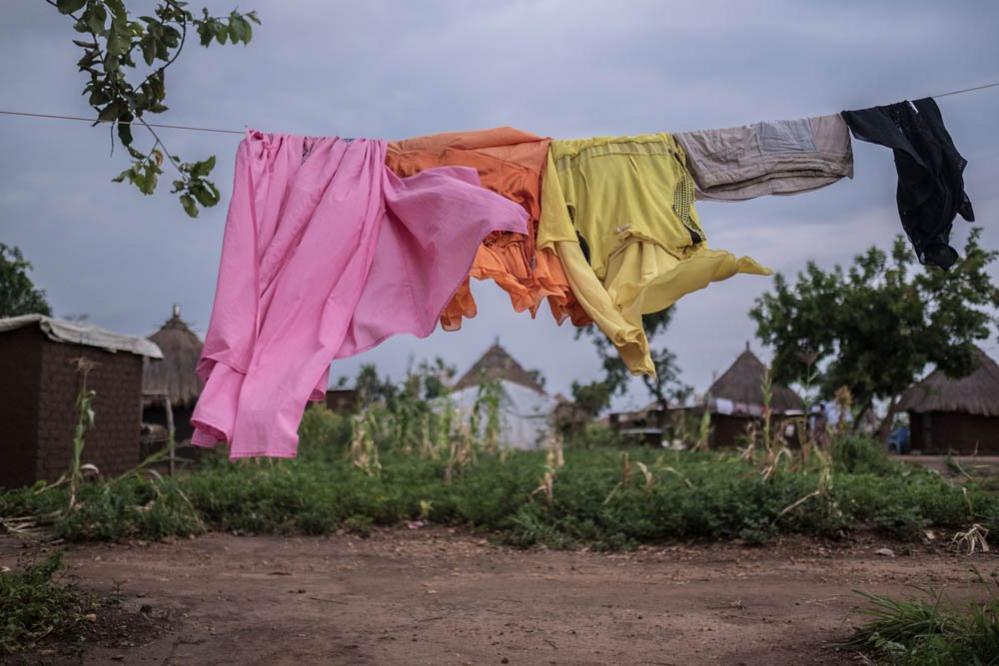
Since civil war broke out in South Sudan, in 2013, more than a million South Sudanese refugees have crossed the border into neighbouring Uganda.
Tommy Trenchard's pictures focus on commonplace objects and details to convey day-to-day life in several refugee camps near the border.
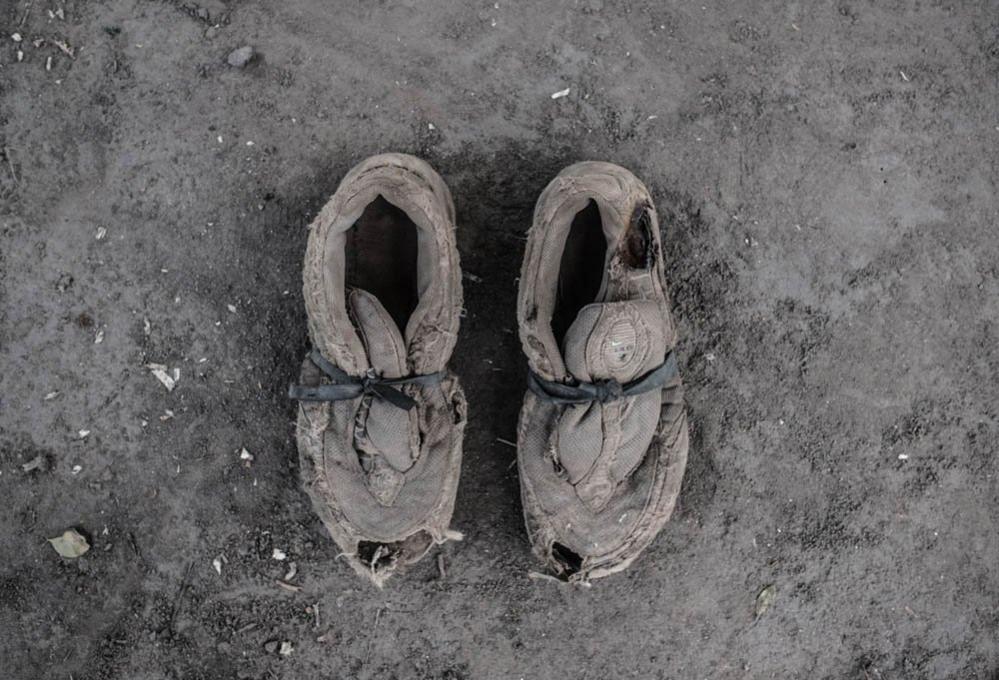
A pair of shoes belonging to Okongo Charles, 32, in Palorinya camp. The fighting in Reng left him separated from his children, who live with his mother in Juba.
"During the early stages of the crisis, living conditions were bleak - but life has been slowly improving for the refugees living here," says Trenchard.
"Uganda's policy towards refugees is often used as an example for other countries.
"Each family is granted a small plot of land to farm, and is free to do business in the country. Days are filled with chores, cooking, farming, play and endless waiting."
Following the signing of a peace deal many of the refugees will hope they can return home in the near future.
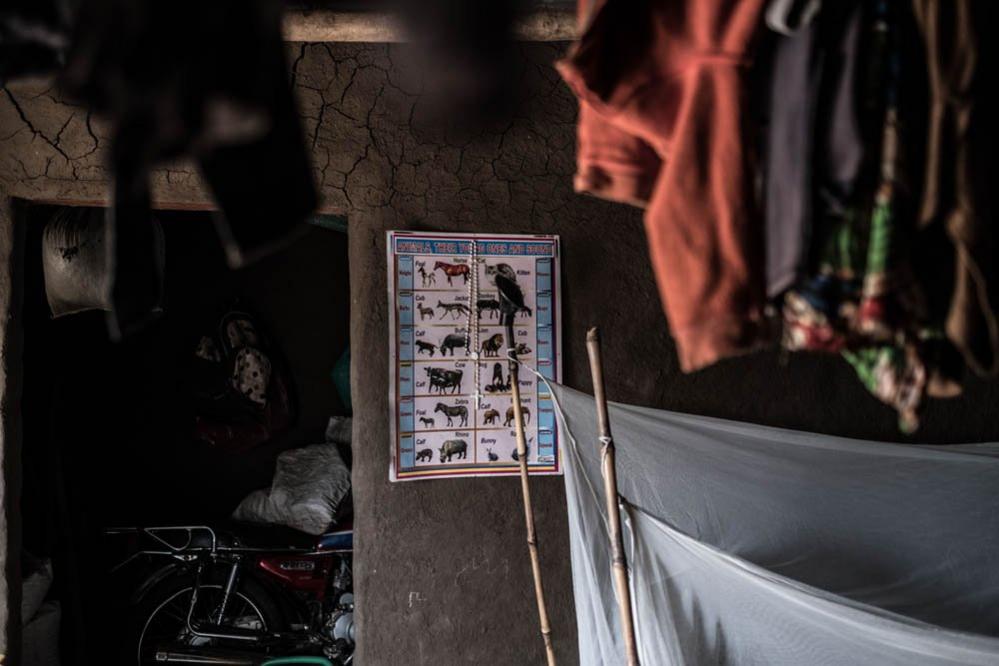
An educational poster hangs on the wall of Lona Kiji's home in Bidi Bidi camp. She fled here in September 2016 when violence swept through Central Equatoria State.
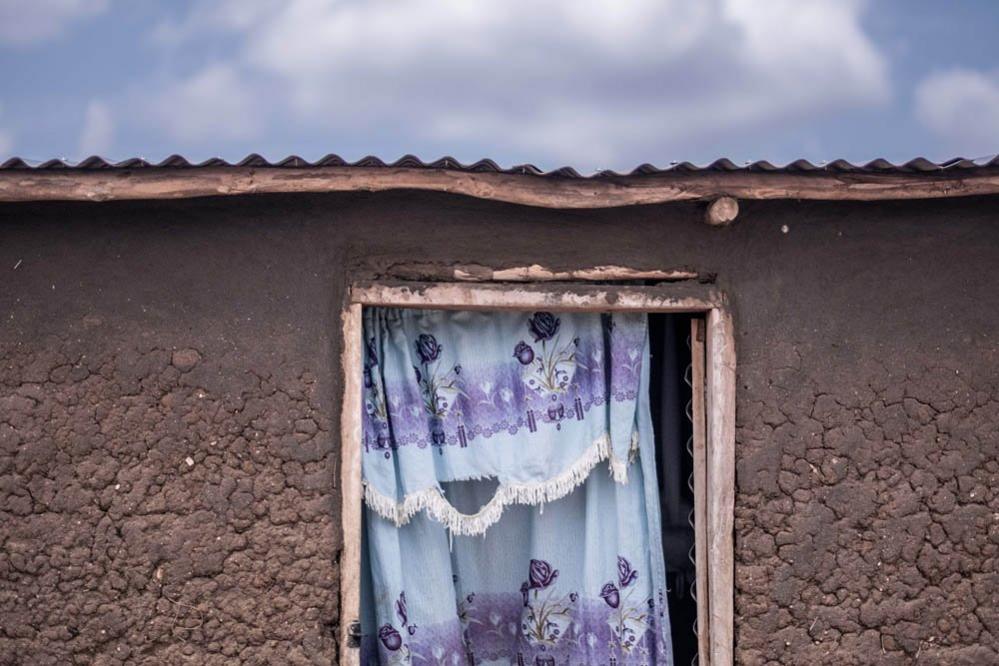
A hut belonging to Malis Justin and his children in Bidi Bidi camp.
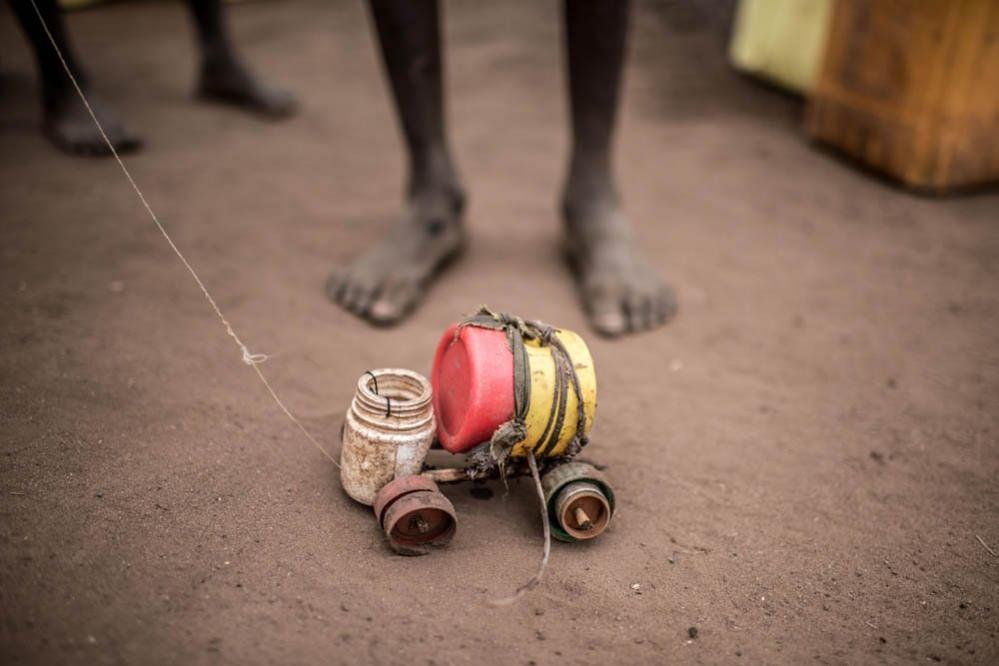
A boy plays with a toy car in Rhino camp. Such cars, made from bottle caps and other waste plastic, are seen throughout the camps. No two are ever quite the same.
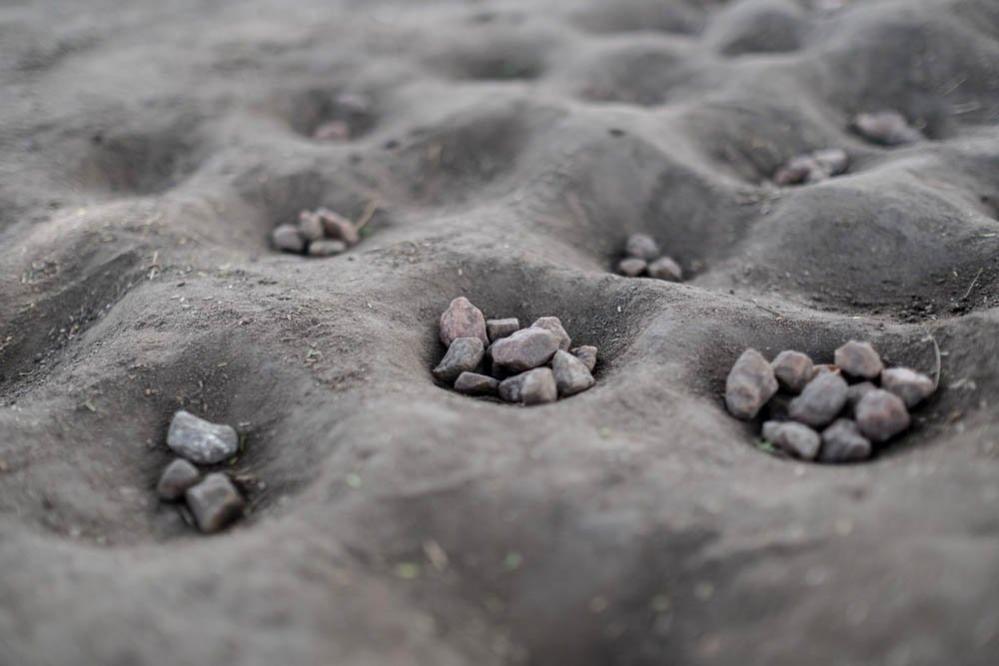
Pebbles lie in holes after a game of aweet, a type of Mancala played under different names across Africa.
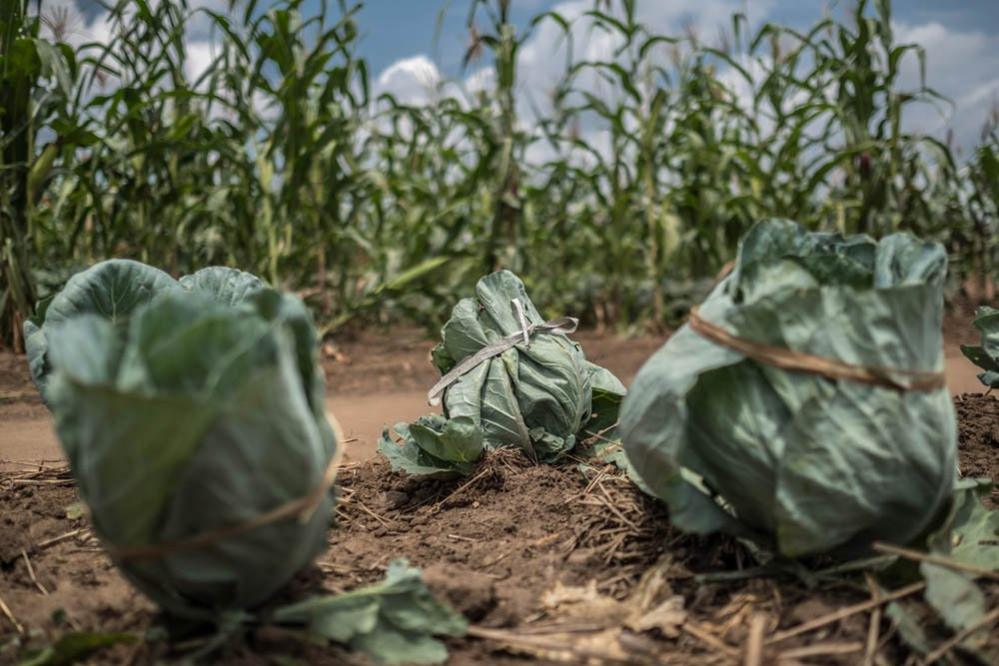
Malis was given seeds, equipment and training by Caritas, the Catholic Church's humanitarian aid organisation.
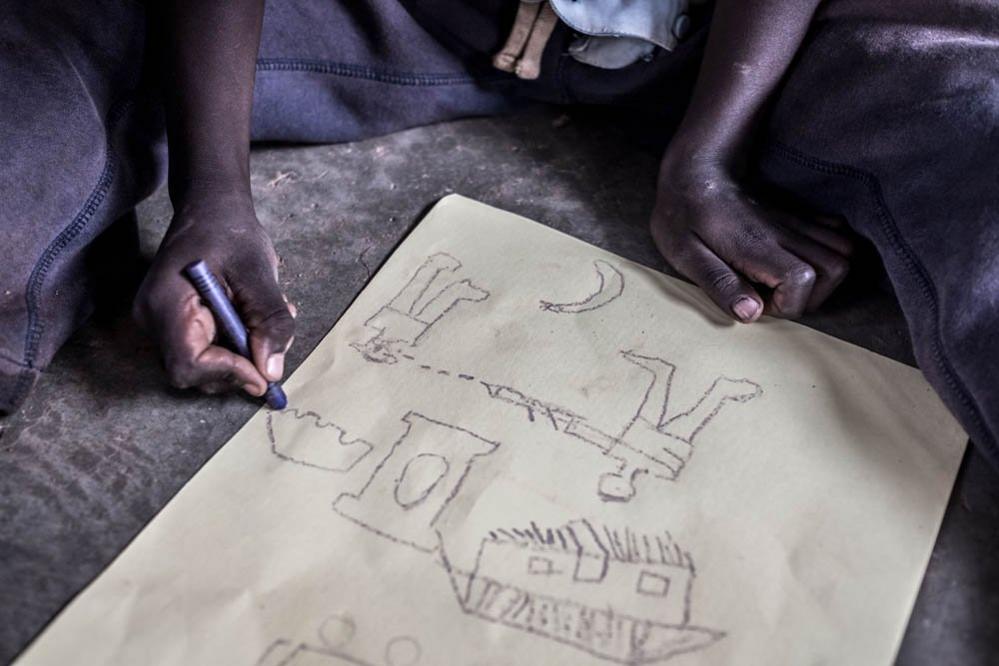
Richard draws a violent scene, in Bidi Bidi camp, where many of the refugees are children.
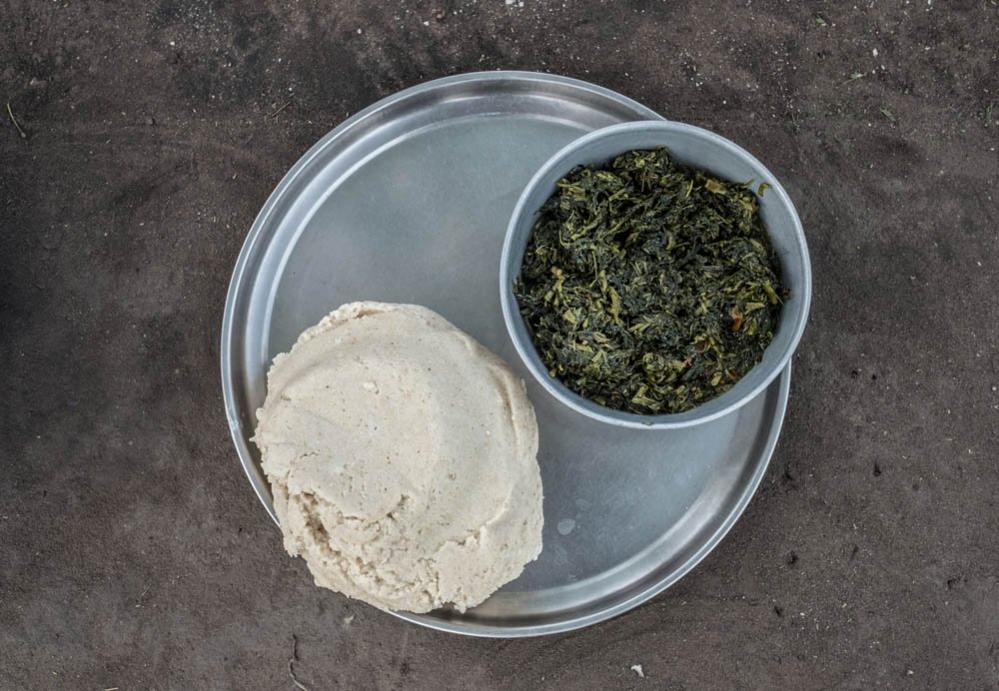
A meal is served in the Palorinya camp.
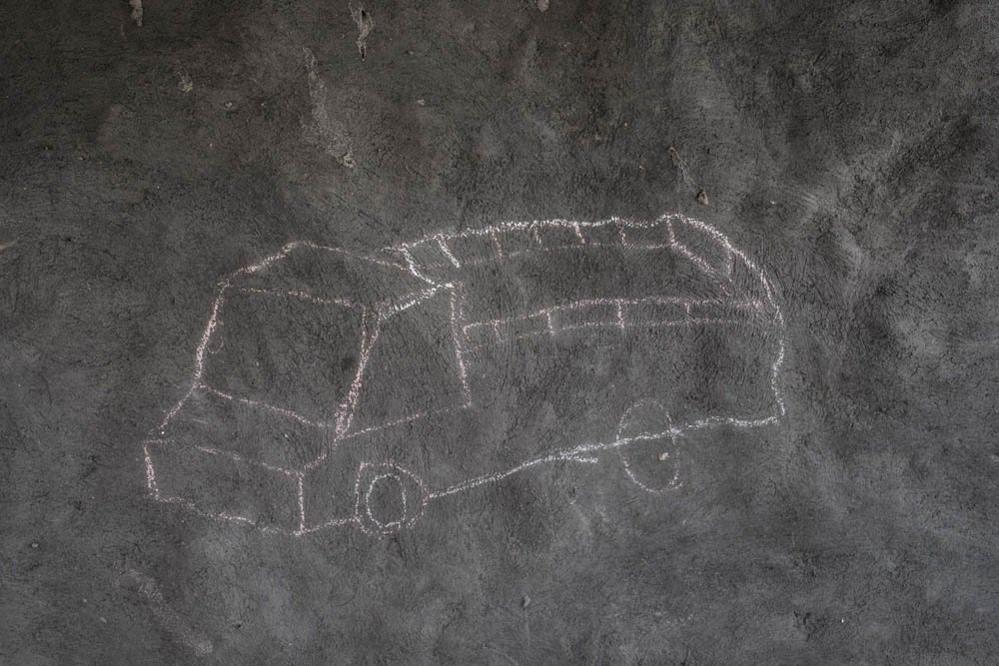
A drawing of a truck adorns the mud wall of a shelter in Palorinya camp.
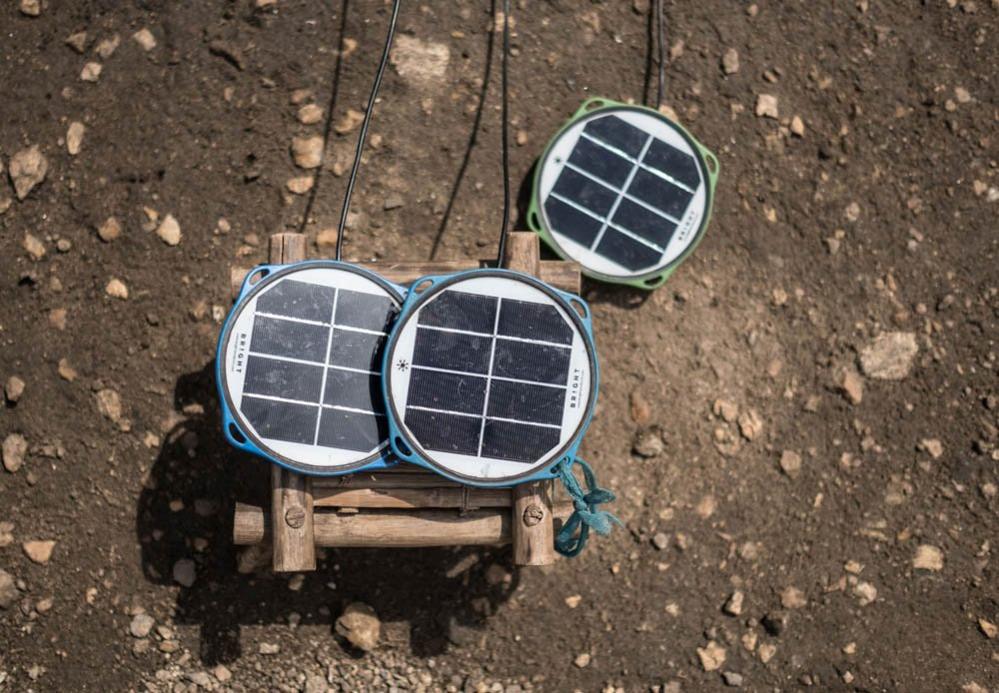
Solar panels donated by an aid agency lie outside a refugee's tent. Electricity is scarce in the camps - but many of the refugees have bought or been given solar panels.
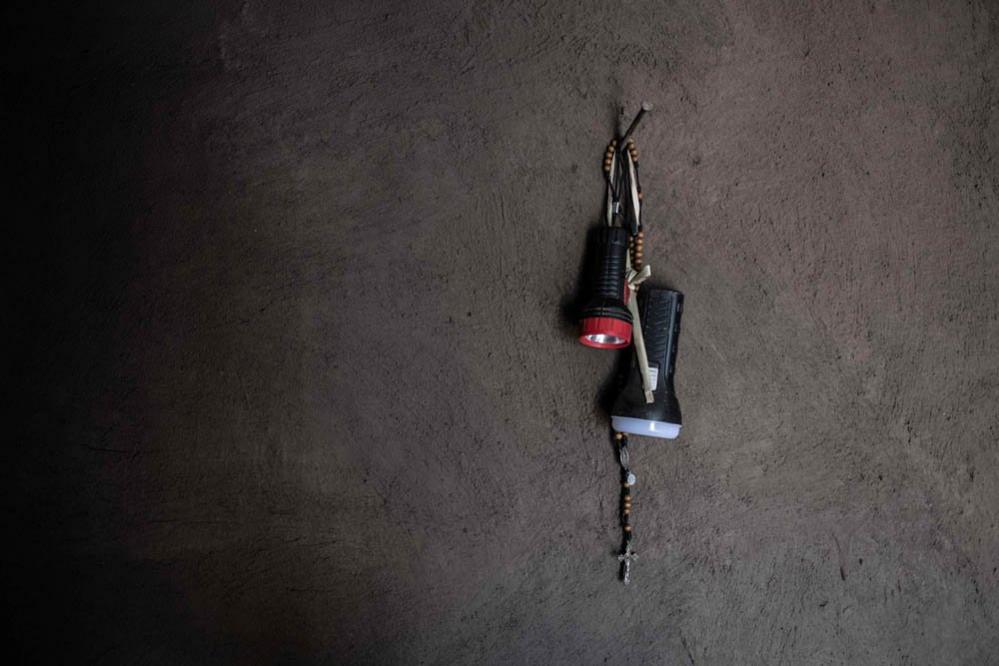
Torches and a crucifix hang on a nail in Bidi Bidi camp.
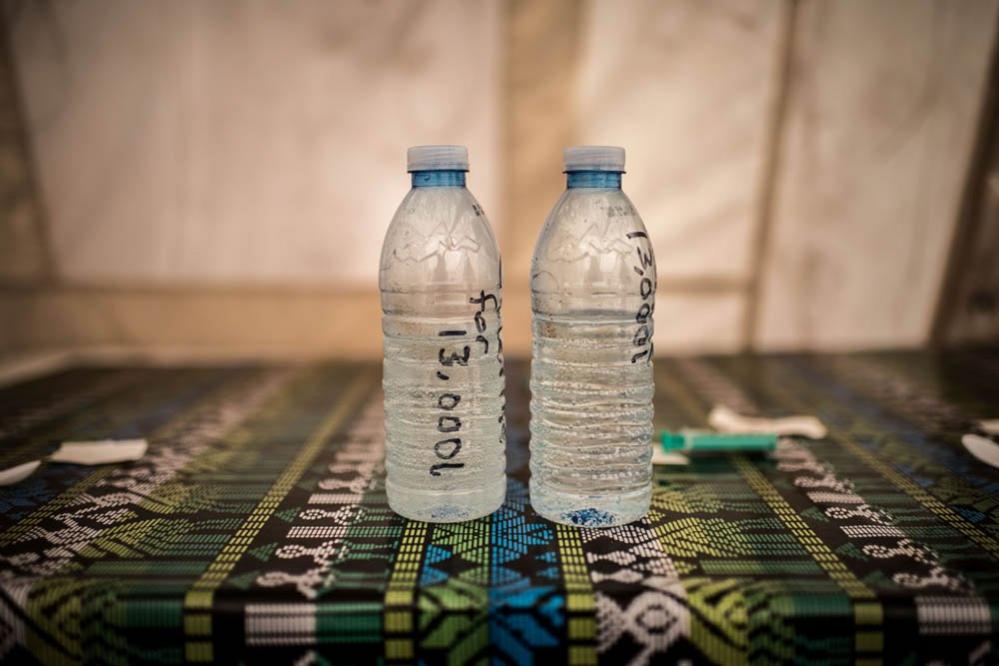
Samples lie on a table at a Red Cross water treatment plant on the banks of the Nile in northern Uganda. The plant supplies treated Nile water to thousands of refugees in the nearby camps.
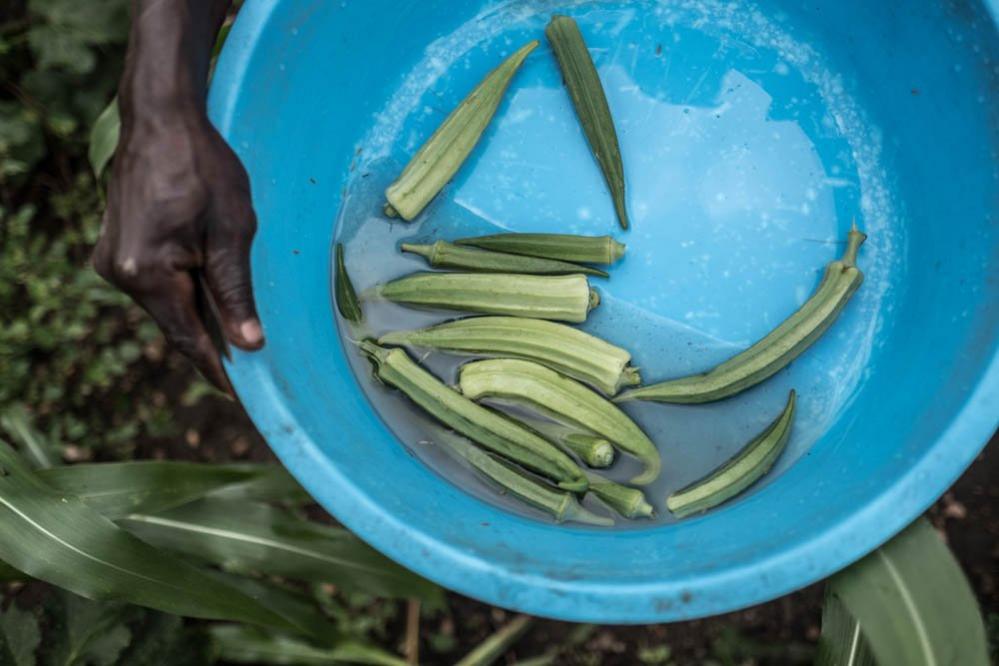
Martin Waru, 42, harvests okra in Bidi Bidi camp, where he lives with his wife and nine children. He was given fast-growing seeds by Caritas to kick-start production on his small plot of land.
All photographs by Tommy Trenchard.
- Published7 November 2017
